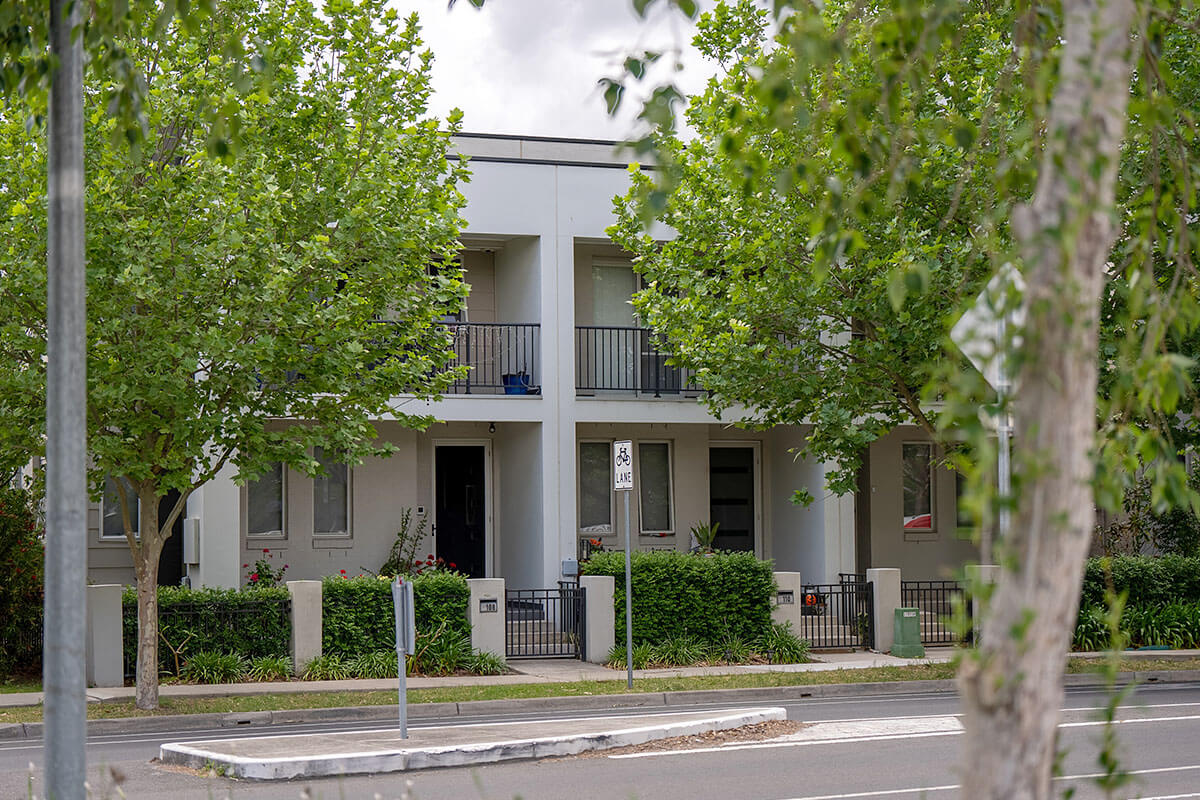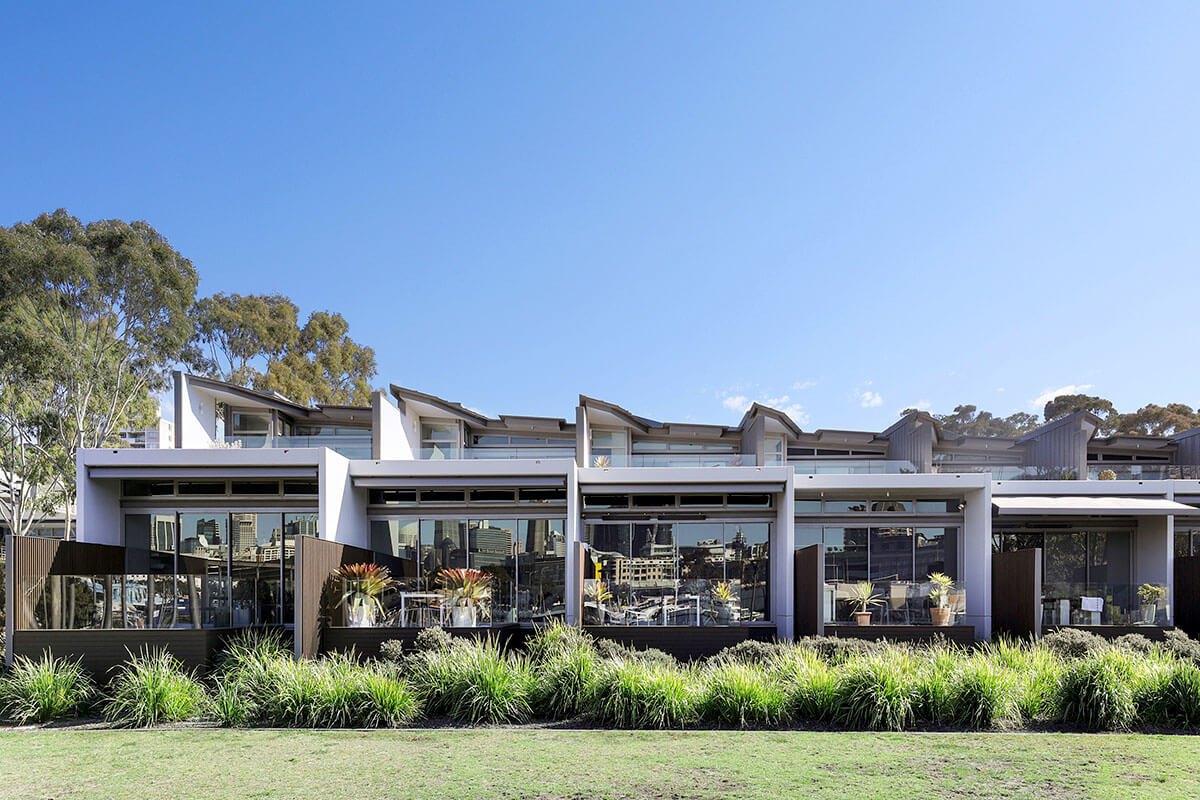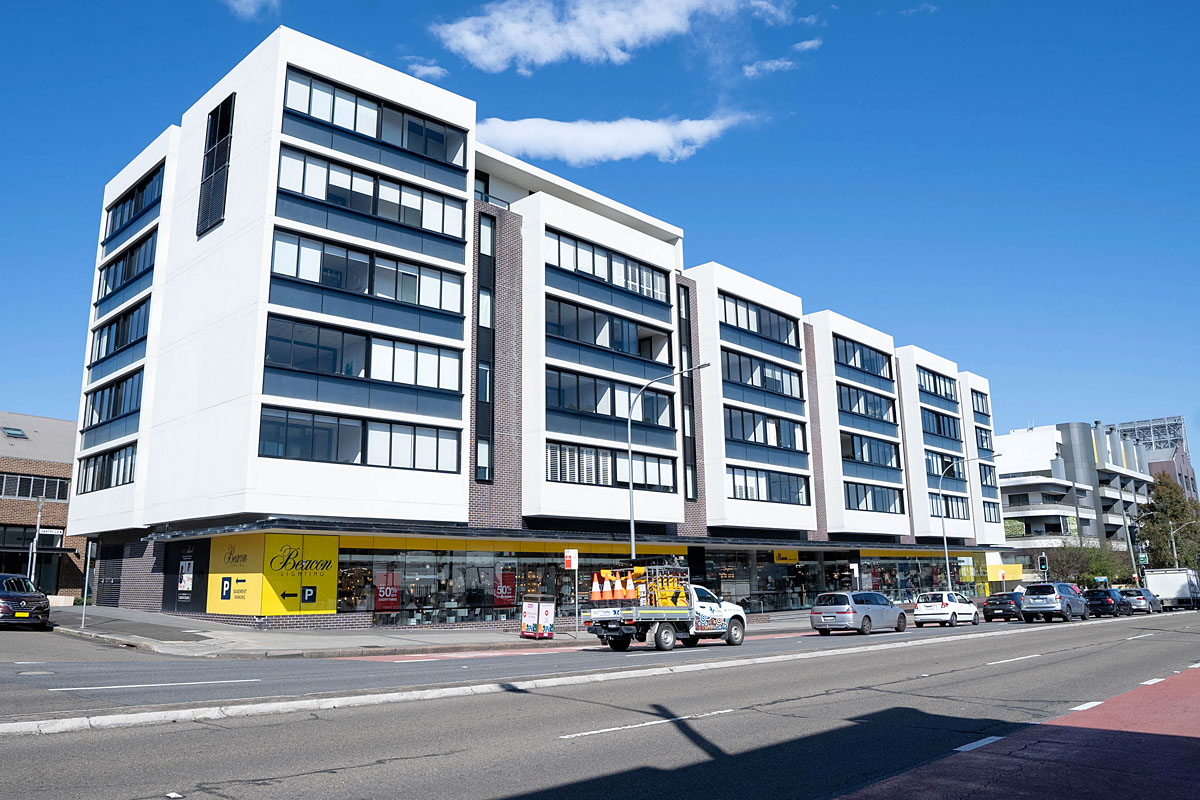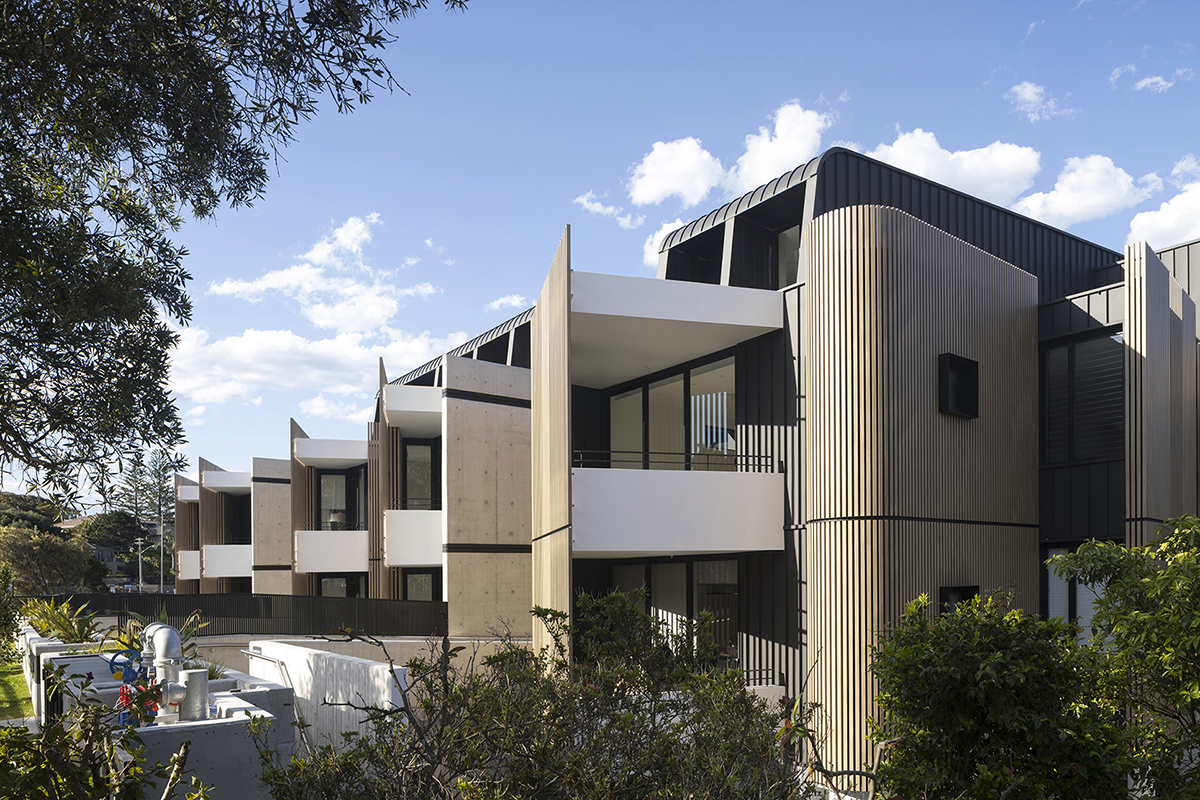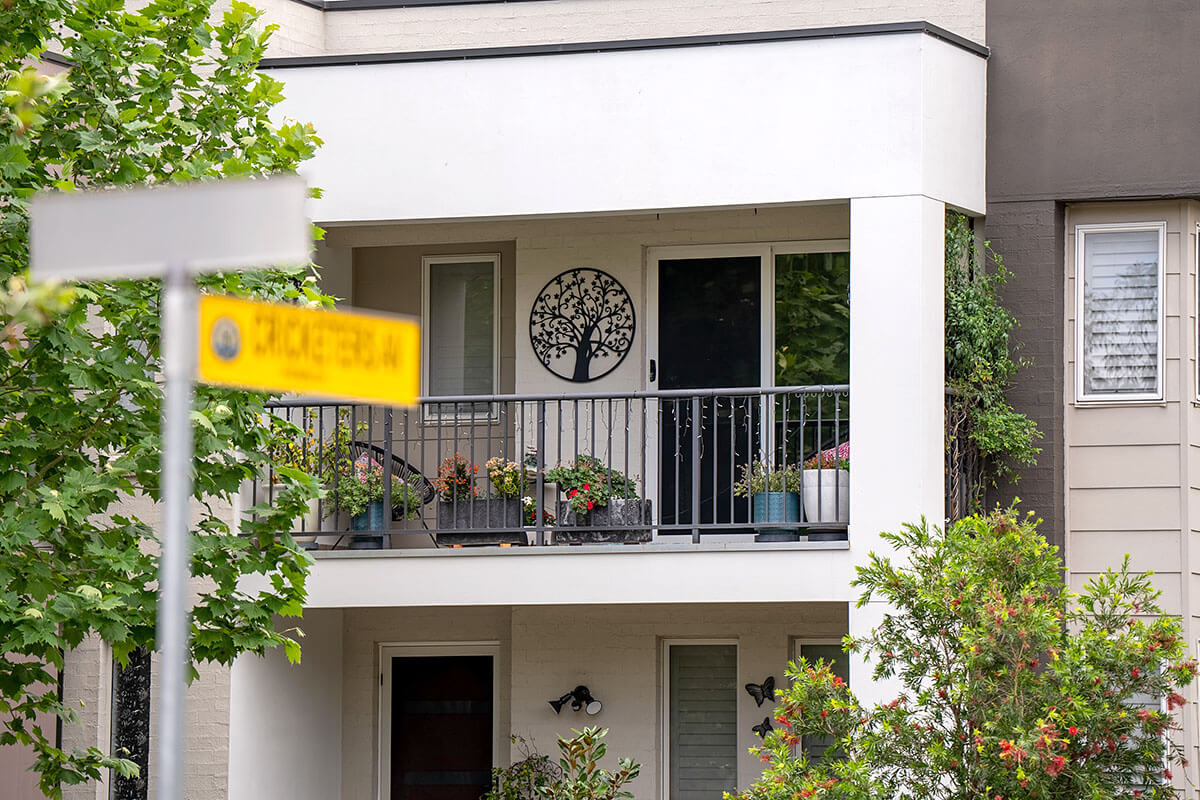The Low and Mid-Rise Housing Policy is about creating more housing choice for people at different stages of life. We need more low and mid-rise housing to fill the gap between freestanding homes and high-rise apartment buildings, so that everyone can have a choice in the type of homes they live in.
Low and mid-rise housing areas are residential zoned land within 800 metres walking distance from a nominated town centre or the entrance of a nominated train, metro or light rail station. Within the low and mid-rise housing areas, this policy mandates permissibility and introduces non-discretionary development standards. Together, these are designed to provide an overall uplift in development potential, encouraging building of the types of housing outlined below.
The policy does not apply to sites that are affected by certain hazards and constraints such as bushfire prone land and some flood prone lands. Visit Low and Mid-Rise Housing Policy exclusions for the complete list of excluded lands.
Summary of key provisions in State Environmental Planning Policy (Housing) 2021
The Low and Mid-Rise Housing Policy is part of the State Environmental Planning Policy (Housing) 2021.
-

 Dual occupancies
Dual occupancies -
 Multi-dwelling housing
Multi-dwelling housing -

 Multi-dwelling housing (terraces)
Multi-dwelling housing (terraces) -
 Residential flat buildings
Residential flat buildings -
 Shop-top housing
Shop-top housing
2 dwellings on one lot
Permissibility changes
Dual occupancies are permitted with consent in R2 zones state-wide.
They may also be permitted in other zones depending on the Council’s Local Environmental Plan.
New non-discretionary development standards
The following new standards for dual occupancies apply in Low and Mid-Rise Housing areas in R1, R2, R3 and R4 zones (where permitted):
- Lot size: min 450 m2
- Lot width: min 12 m
- Floor space ratio: max 0.65:1
- Height of building: max 9.5 m
- Car parking: 1 space per dwelling
- Subdivision (R1, R2, R3 only): min 225 m2 per lot / 6 m width per lot
3 or more dwellings on 1 lot
Permissibility changes
Multi-dwelling housing is permitted with consent in R2 zones within Low and Mid-Rise housing areas.
They are already permitted in all R1 and R3 zones per Standard Instrument.
They may also be permitted in other zones depending on the Council’s Local Environmental Plan.
New non-discretionary development standards
The following new standards for multi-dwelling housing apply in Low and Mid-Rise Housing areas in R1, R2, R3 and R4 zones (where permitted):
- Lot size: min 600 m2
- Lot width: min 12 m
- Floor space ratio: max 0.7:1
- Height of building: max 9.5 m
- Car parking: 1 space per dwelling
3 or more attached dwellings facing the street on 1 lot
Permissibility changes
Multi-dwelling housing (terraces) are permitted with consent in R2 zones in Low and Mid-Rise Housing areas.
They are already permitted in all R1 and R3 zones per Standard Instrument.
They may also be permitted in other zones depending on the Council’s Local Environmental Plan.
New non-discretionary development standards
The following new standards for multi-dwelling housing (terraces) apply in Low and Mid-Rise Housing areas in R1, R2, R3 and R4 zones (where permitted):
- Lot size: min 500 m2
- Lot width: min 18 m
- Floor space ratio: max 0.7:1
- Height of building: max 9.5 m
- Car parking: 0.5 space per dwelling
- Subdivision (R1, R2, R3 only): min 165 m2 per lot / 6 m width per lot
3 or more apartments in a 2 or more storey building
Permissibility changes
Residential flat buildings are permitted with consent in R2 and R3 zones within Low and Mid-Rise Housing areas.
They are already permitted in all R1 and R4 zones per Standard Instrument.
They may also be permitted in other zones depending on the Council’s Local Environmental Plan.
New non-discretionary development standards
The following new standards for residential flat buildings apply in Low and Mid-Rise Housing areas in R1 and R2 zones (where permitted):
- Lot size: min 500 m2
- Lot width: min 12 m
- Floor space ratio: max 0.8:1
- Height of building: max 9.5 m
- Car parking: 0.5 space per dwelling
The following new standards for residential flat buildings apply in Low and Mid-Rise Housing areas in R3 and R4 zones (where permitted):
Low and Mid-Rise Housing inner areas (0–400 m from a nominated station/centre)
- Floor space ratio: max 2.2:1
- Height of building: max 22 m
- Storeys: max 6
- No minimum lot size or width (LEP provisions switched off)
Low and Mid-Rise Housing outer areas (400–800 m from a nominated station/centre)
- Floor space ratio: max 1.5:1
- Height of building: max 17.5 m
- Storeys: max 4
- No minimum lot size or width (LEP provisions switched off)
1 or more apartments above ground floor shops
Permissibility changes
No change to the permissibility of shop top housing.
Refer to the council’s Local Environmental Plan for which zones they are permitted.
New non-discretionary development standards
The following new standards for shop top housing apply in Low and Mid-Rise Housing areas in R1 and R2 zones (where permitted):
- Lot size: min 500 m2
- Lot width: min 12 m
- Floor space ratio: max 0.8:1
- Height of building: max 9.5 m
- Car parking: 0.5 space per dwelling
The following new standards for shop top housing apply in Low and Mid-Rise Housing areas in R3 and R4 zones (where permitted):
Low and Mid-Rise Housing inner areas (0–400 m from a nominated station/centre)
- Floor space ratio: max 2.2:1
- Height of building: max 24 m
- Storeys: max 6
- No minimum lot size or width (LEP provisions switched off)
Low and Mid-Rise Housing outer areas (400–800 m from a nominated station/centre)
- Floor space ratio: max 1.5:1
- Height of building: max 17.5 m
- Storeys: max 4
- No minimum lot size or width (LEP provisions switched off)
Non-discretionary development standards, also known as non-refusal standards, identify development standards for particular matters like building heights, floor space ratio or lot size. They have the effect of prevailing over an equivalent standard set out in a local environmental plan (LEP) or development control plan (DCP) that is more onerous. If the proposed development complies with the non-discretionary standard, a consent authority cannot refuse the application on the grounds that the development does not comply with the standard.
